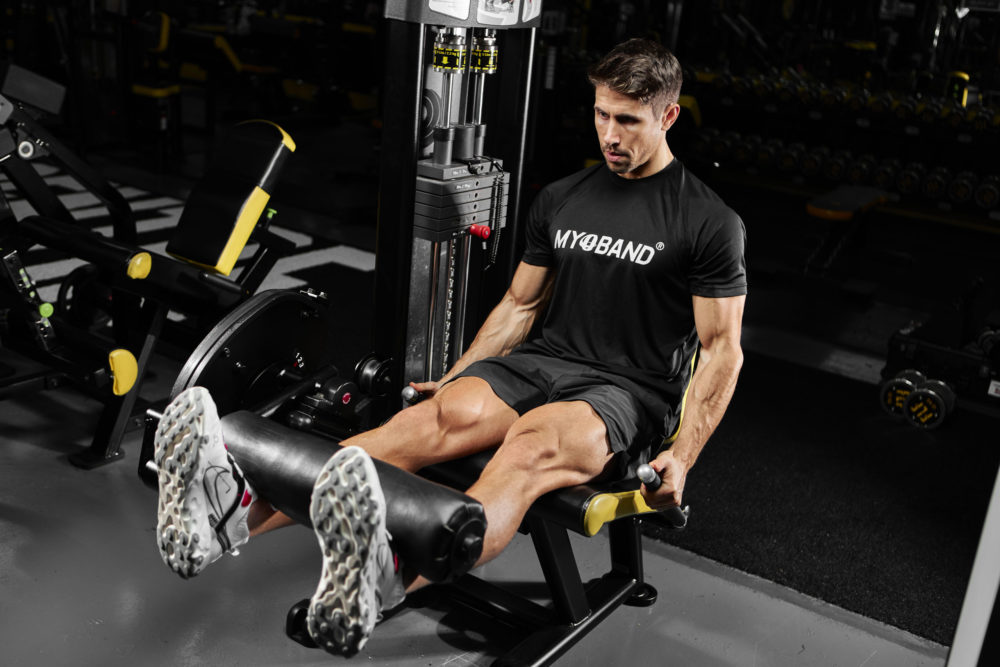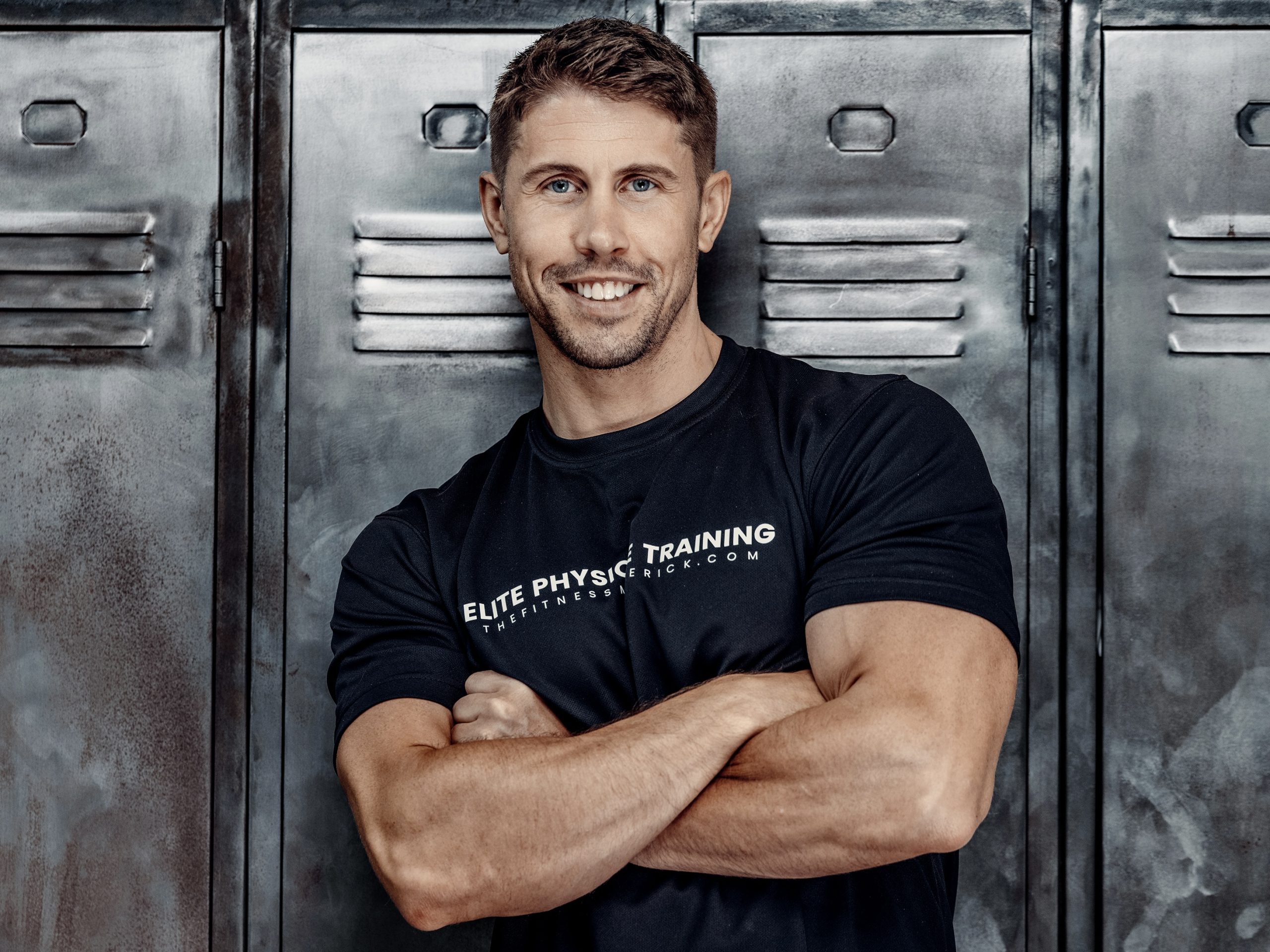Without any doubt, leg extensions are the most hated exercise among fitness professionals, and particularly those in the “functional training” camp. But, as always context is key, and understanding both sides of the argument will better help you decide if leg extensions should have a place in your own programming. Here’s what you should know.
How to perform leg extensions
Leg extensions build your quads
There’s no debating that leg extensions help place tension through your quads. After all, there aren’t many exercises that mimic the isolated squeeze and quads-burn they’re notorious for. While there’s no hiding what they feel like, those that aren’t a fan would argue that you only need multi-joint exercises such as squats and leg presses to build quads of steel.
While squats do a pretty good job at activating three out of four of your quadriceps muscles, they fall a little short when it comes to activating your Rectus Femoris. This is because unlike your other quads, your Rectus Femoris acts as both a knee extensor and hip flexor, and so heavily influenced by any exercise that involves a bending of your hips (like squats). It therefore makes sense that the supplementary exercises to your squats and leg presses be those that make up for where these exercises are lacking.
Leg extensions have been shown to activate this area greater than Squats (1). The timing of activation is also different (2). Sissy squats do a good job at this too, but at longer muscle lengths. Leg extensions are a good supplementary exercise to your multi-joint exercises for more “complete” quadriceps building.
Rehabbing cranky knees
Every exercise has a risk to reward ratio that should always be considered. the potential costs versus benefits of all exercises are person-specific – One exercise might be slowly wearing your joints, or causing you knee pain every time, while the same exercise could be credited with helping someone walk again pain-free. Leg extensions frequently fall in to both categories.
Leg Extensions aren’t inherently “bad” for your knees. There are plenty of intervention studies that have used leg extensions to rehab knee injuries, such as patellar tendinipathy. They provide a controllable environment where the load and range of motion can be carefully manipulated over time. For example only extending your knee from 90 to 45 degrees (where load under the knee cap is lowest) then as pain-free ranges of motion improve then explore closer to full knee extension. There are various eccentric strengthening protocols that work well with leg extensions, too.
Safety for healthy knees
But what about already healthy knees? The most common arguments for this typically involve someone preaching about how bad they are for your ACL. Which is because it’s what you hear most about when someone injures theirs playing football, or doing something else completely non-gym related.
If you think your ACL is going to pop from a few sets of leg extensions then you’d be wrong. Your ACL can handle roughly 5x the force that a leg extension machine can provide (with virtually any weight and rep scheme).
For the health of your ACL then you might also want to consider the strength of your hamstrings. Too many leg extensions and not enough for your hamstrings might increase your risk of ACL injury, but that’s not the fault of the leg extensions. That’s your fault for not giving your hamstrings (and glutes) the attention they need. If you know this is you then you might want to lay off the isolated quads strengthening until your glutes and hammies can keep up.
Side note: I cover 88 exercises that do exactly that in the Maverick Glutes & Hammies Guide.
If you’re comparing the safety of leg extensions to squats and leg presses then you might want to look around. I’ve seen more knee injuries from squats and back injuries from leg presses than any other. Even split-squats and lunges that are adored by the “functional training” camp can be a silent knee killer when performed incorrectly. So don’t be so fast to blame the knee pain on the few sets of leg extensions at the end.
Get stronger, faster!
In the context of a training program it’s important to consider the “cost” of certain exercises as far as fatigue goes. We won’t go in to the science of what fatigue actually is, and the different types, but what you should know is that all exercises create some. Some exercises produce quite a bit and take longer to recover from, while others produce very little and can be done more frequently.
Leg extensions produce very little neurological fatigue and are relatively easy to recover from. Oftentimes “less is more” when it comes to lifting weights to get jacked, and only ever doing the big and basic lifts can dig a deeper hole (more fatigue) making them harder to recover from. Exercises like Leg extensions are a good way to manage that hole your training is constantly digging, meaning you’ll get bigger and stronger, faster.
Take home
Leg extensions aren’t for everyone. If you’ve healthy knees and a well-balanced training plan they can be a useful addition to your workouts if you’re looking to build maximum quadriceps size. They’re a good supplement to your multi-joint lifts and relatively easy to recover from.
If your lower body strength ratios put you at risk, or you’ve already cranky or injured knees, then in many cases leg extensions should be done with caution. In any case, exercise selection and range of motion should always be tailored to the individual and according to the advice of the specialist you’re working with.
When it comes to anything fitness-related we’re too fast to label exercises and training methods as either “good” or “bad”. In reality most things have a place, but context is always key.
World-class coaching to look great naked! CLICK HERE to find out more.
- Ebben, W., Feldmann, C., Dayne, A., Mitsche, D., Alexander, P., & Knetzger, K. (2009). Muscle activation during lower body resistance training. International Journal of Sports Medicine, 30(1): 1-8.
- Stensdotter A., Hodges P., Mellor R., Sundelin, G., Hager-Ross, C. (2003). Quadriceps activation in closed and in open kinetic chain exercise. Med Sci Sports Exerc, 35(12): 2043-7.


I appreciate the “fair shake” you give here. Well rounded coverage of this oft-demonized leg machine. I use the machine specifically to deal with “digging out of that hole” you mentioned. Common sense is the order of the day when including this machine in your routine.
I completely agree. Common sense prevails all with this one. Keep up the great work !